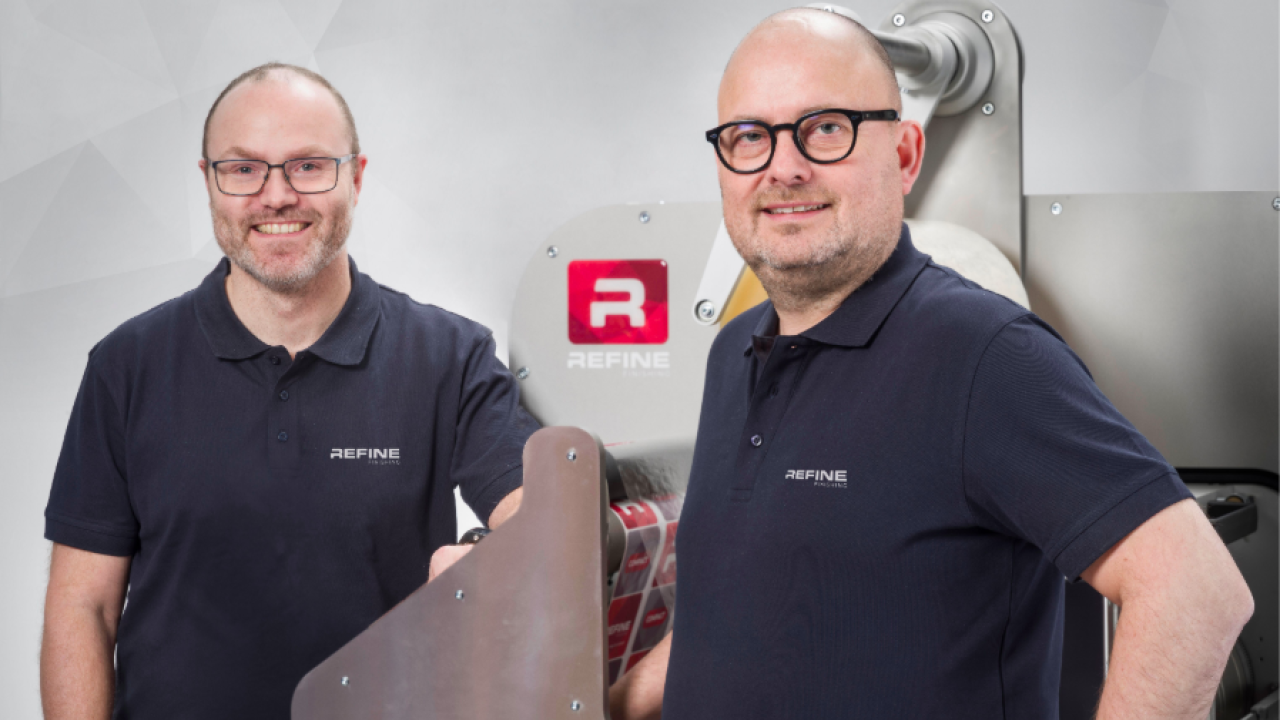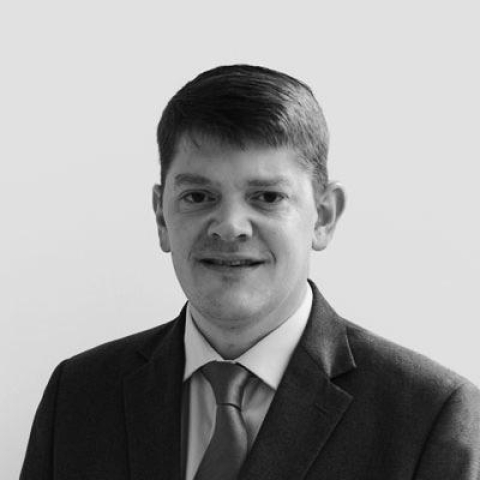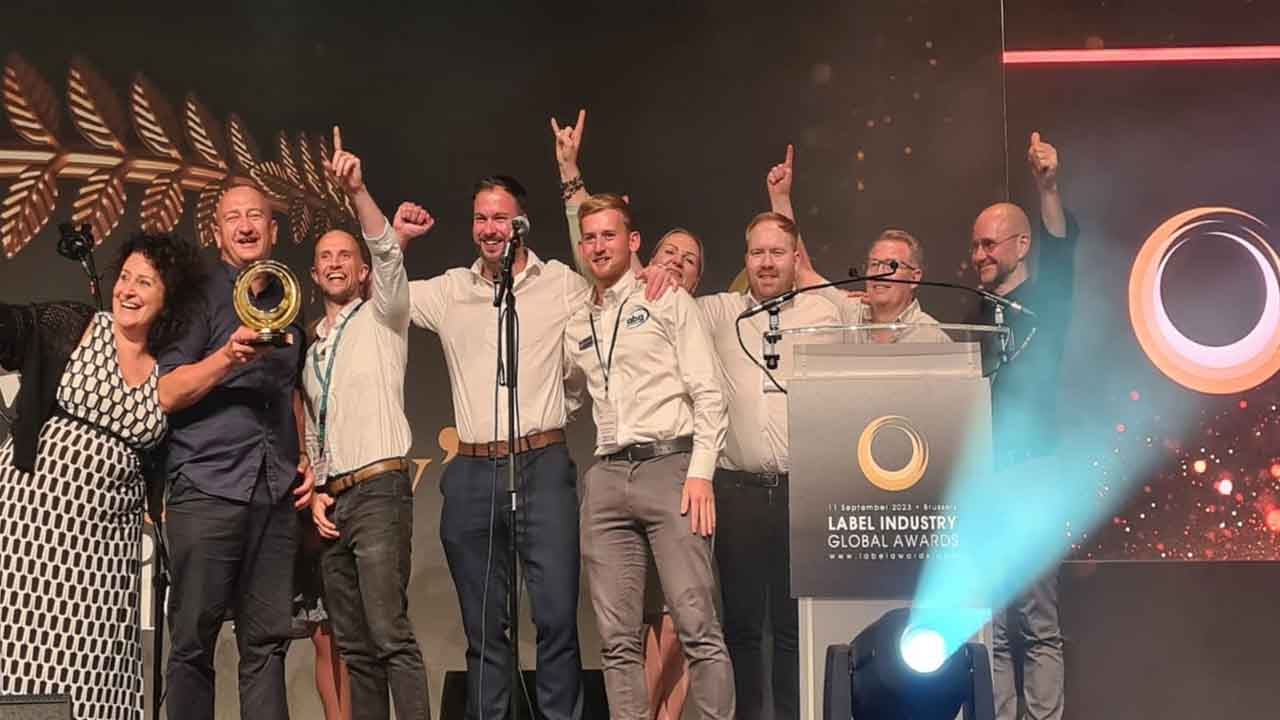A refined take on finishing

This has been the foundation upon which Werosys was built, and which will continue to define Refine Finishing going forward.
Bjarke Nielsen, who founded Werosys and now serves as chief technology officer at Refine Finishing, explains: ‘For us, software is everything. Then you build the mechanics to match. For a lot of companies in finishing, it is done the other way around. In other areas of the industry, there has been a shift away from mechanics to a focus on software – when you buy a digital press, it is mostly software driven. Of course the mechanics must be state-of the art, but if you’re imposing software on to the mechanics it will be hard to maximize the potential.
‘We often see technology colliding, where finishing built from a mechanical mindset is holding back the printing technology, which is increasingly software-driven. To maximize the printing capabilities, finishing should be as smart and as automated as possible.’
This has previously been evidenced in the Werosys Compact/ Compact Ultra finishing lines, with automation and Industry 4.0 at their core. An example given is that of Denmark-based Limo Labels, which leveraged data to successfully integrate finishing into its existing ERP system. The printer was bringing rolls off its flexo presses into finishing, with manual input of data and set-up of the slitter rewinder accordingly. Using its existing electronic order management system, Refine Finishing (then Werosys) took key data and used barcodes added on the order note to automate this. By scanning the barcode directly on the finishing machine, the job is identified and the specifications used for set-up.
Nielsen explains: ‘The machine reads the barcode to automatically pull data from the ERP system, which the operator accepts and the machine starts to set-up the job. This allows the operator to focus on loading the roll. By the time he’s finished splicing the roll, the finishing line is ready. It is much more efficient for staff. This was not a big technical challenge and involved making data that already exists available to all machines.
‘There is a misconception that to automate you need to introduce a big workflow but you can start at a much simpler level. A lot of the data is already there. Whether you use an Excel spreadsheet or MIS system, the data is the same. The key is extracting it and using it in the correct way.’
Refined product portfolio
Such use of data will continue in Refine Finishing’s machines: Compact, standard units with a basic configuration that will be built according to forecasts and available with a two-week lead time; Creative, modular systems that can be tailored to the customer’s requirement; and Concept, fully customizable systems that are engineered on a project-by-project basis.
Of the idea behind the Compact series, Nielsen notes: ‘A lot of machines have a similar configuration with a few minor adjustments before shipping. Previously, each machine was built to order and modular. By building to forecasts, we will be able to provide the short lead times that many customers want. When you move up to Creative, that is where the added value features come in. Concept models are for high-end converting applications where standard products are not suitable.’
Henrik Haagensen, Refine Finishing’s first managing director, adds: ‘A lot of technology has been taken over from the previous machines but they have been refined into a better-defined product portfolio based on the needs of the market, down to new look frames with more rounded edges.’
‘Whenever I see a manual adjustment that is needed, I ask “can that be removed?”, continues Nielsen. ‘Set-up is now almost entirely automated. This makes it much easier to view them as a package of software and hardware that provides a solution. They are so much more than just a machine that you buy. Machinery is a small part of the puzzle.’
Stay up to date
Subscribe to the free Label News newsletter and receive the latest content every week. We'll never share your email address.


